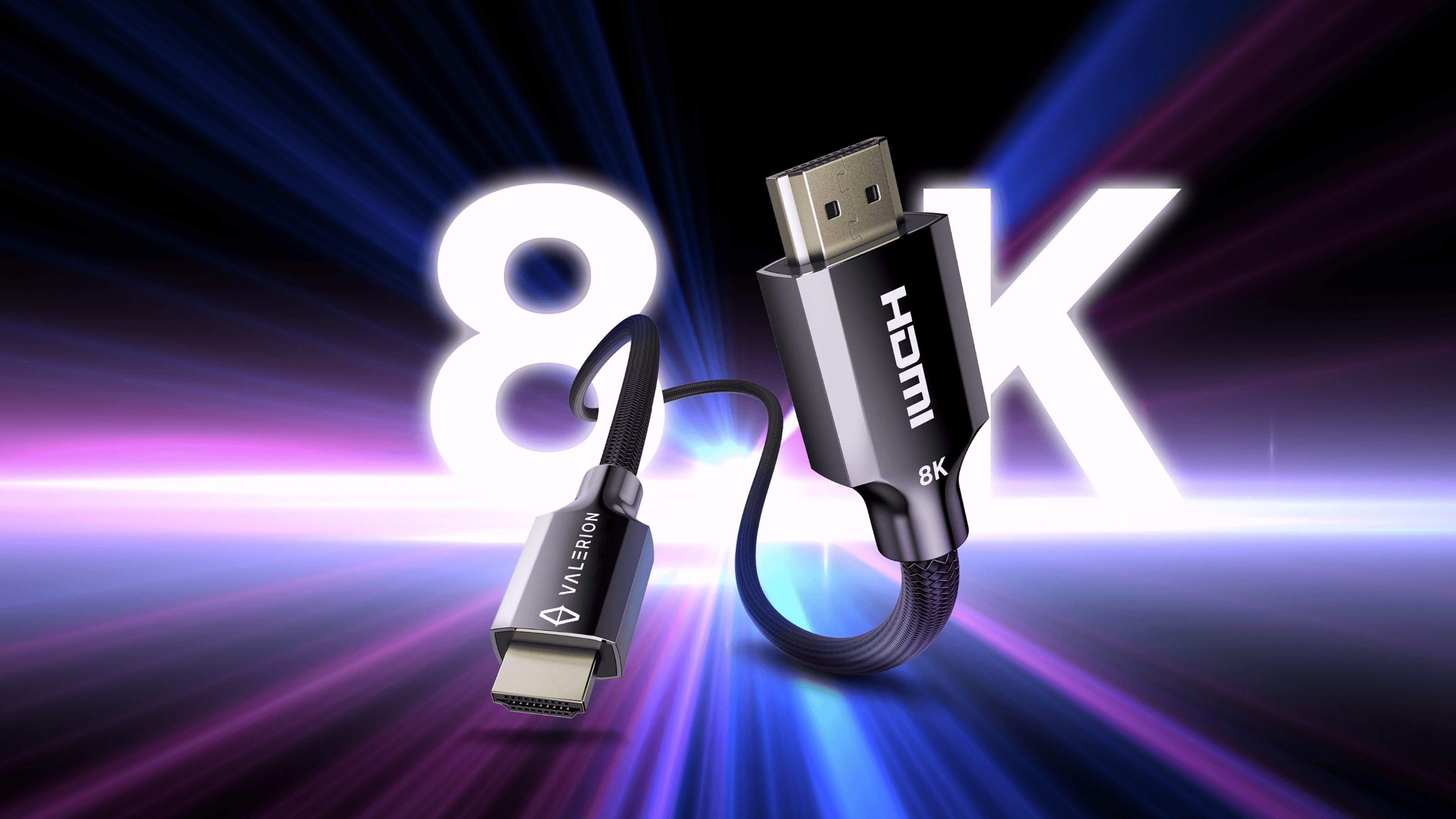Many shoppers mix up “4K” and “UHD.” They sound similar but refer to different standards. The film industry’s DCI 4K is 4096 × 2160 (~17:9), while consumer 4K UHD is 3840 × 2160 (16:9). This guide clarifies the difference and shows how HDR, color gamut, optics, and input lag shape what you actually see on a big screen.
Resolution and Aspect Ratio: UHD vs. DCI 4K Explained
The difference between 4K and UHD resolutions isn't just about marketing terms. These terms stand for specific technical standards that matter in the projector world. True 4K, officially known as DCI 4K (Digital Cinema Initiatives), gives you a resolution of 4096 x 2160 pixels. UHD (Ultra High Definition) delivers 3840 x 2160 pixels. This means UHD has about 8.3 million pixels while 4K packs 8.8 million.
Aspect ratios also set these resolutions apart. UHD uses a 16:9 aspect ratio that works well with today's content. DCI 4K uses a wider 1.9:1 (about 17:9) aspect ratio that's perfect for cinema projection. This wider format helps projectors handle films made in both "Flat" (1.85:1) and "Scope" (2.39:1) theatrical formats.
Projector fans can see these differences right on their screens. DCI 4K projectors usually show UHD content with small black bars on the sides or slightly crop the image. Many projectors now come with zoom settings that let users adjust how content fills the screen.
UHD has become the go-to standard for consumers because it works well with broadcast formats. DCI 4K still rules professional cinema setups. The resolution's impact becomes clearer on bigger projection screens. This makes choosing between 4K and UHD more critical for serious home theater setups than regular viewing setups.
Visual Performance in Projectors
The badge on the box doesn’t tell the whole story. Some projectors render all 8.3 million on-screen pixels with native 4K imagers; others use pixel shifting to address 8.3M pixels from a lower-resolution chip. Both approaches can look excellent, but contrast handling, tone-mapping, and lens quality typically separate mid-tier from premium results.
Native vs. Pixel-Shifted 4K
Pixel-shifted designs rapidly offset subframes to synthesize a 4K image on screen. Native 4K drives distinct pixels one-to-one. In practice, strong optics, accurate HDR tone-mapping, and stable black levels often matter more to perceived detail than the imager label alone.
Example — Long-Throw, Reference-Leaning Setup: If you’re pushing 120–150 inches and care about wide-gamut HDR plus flexible placement, consider a premium long-throw like Valerion VisionMaster Max. It couples a 4K RGB triple-laser light engine and dynamic tone-mapping with ±105% vertical lens shift and optical zoom, supports Dolby Vision/HDR10+/IMAX Enhanced, reaches 3500 ISO lumens, and drives 1080p at 240 Hz for ultra-low-lag gaming—all in one chassis.
Your viewing distance also changes how much “extra 4K” you perceive. On screens under ~100 inches at typical seating, UHD vs. DCI 4K looks similar; as you scale toward 120 inches and beyond, the additional horizontal pixels and better optics show more clearly.
Gaming and Movie Experience Compared
Input lag is critical for competitive play. Many modern projectors now offer a dual-mode strategy: 4K 60Hz for cinematic titles, and a high-refresh 1080p mode (e.g., 120–240 Hz) for esports-style responsiveness. Competitive gamers often target sub-20 ms at their chosen resolution/refresh; casual players can tolerate more.
For movies, native-resolution playback plus competent HDR tone-mapping and strong black-level control typically deliver the biggest visible gains. Upscaling can make 1080p sources look close to 4K, but the best results still come from high-bitrate 4K content on a projector with accurate color and contrast.
One-box flexibility: VisionMaster Max’s gaming mode advertises ~4 ms at 1080p/240 Hz while preserving full 4K HDR format support for films, so you don’t have to choose between speed and cinema-grade dynamic range.
Conclusion: Choose by Content, Screen, and Seating
- Mostly streaming/Blu-ray under ~120 inches? 4K UHD integration is simpler. Prioritize contrast, tone-mapping, and color accuracy over the small pixel-count gap.
- Cine-centric and heading to 120–150 inches+? DCI 4K compatibility plus strong optics/lens shift help maintain framing and perceived sharpness.
- Split time between movies and esports? Look for models with low-lag high-refresh 1080p modes alongside robust 4K HDR. A long-throw all-rounder like VisionMaster Max fits this brief without a hard compromise.
Next steps: lock your screen size by seating distance, confirm throw and lens shift for your room, and then shortlist projectors that pair accurate HDR with the latency you need. If you plan a big long-throw canvas, review the full VisionMaster Max spec sheet and compare it to your room before you buy.






